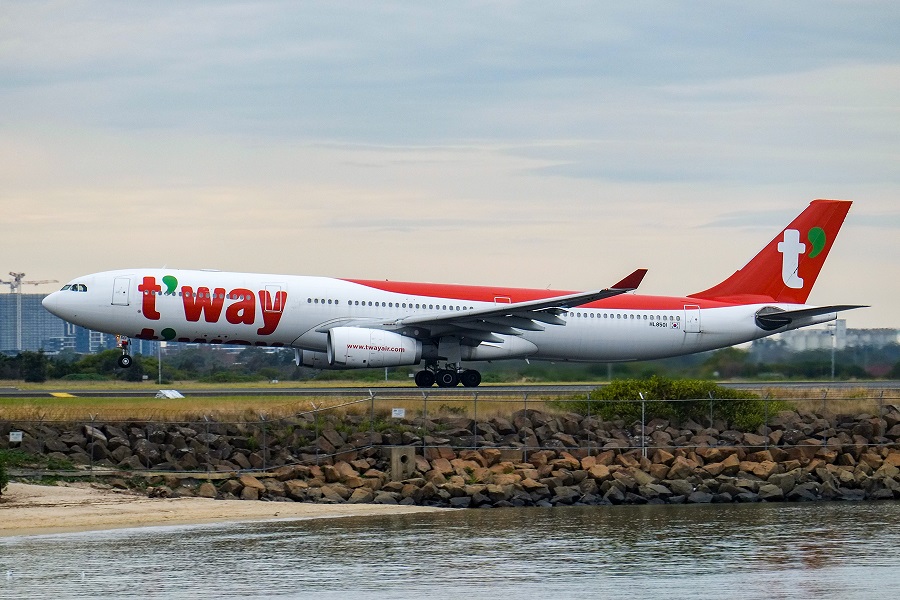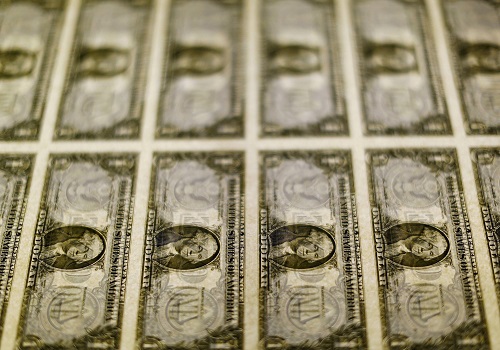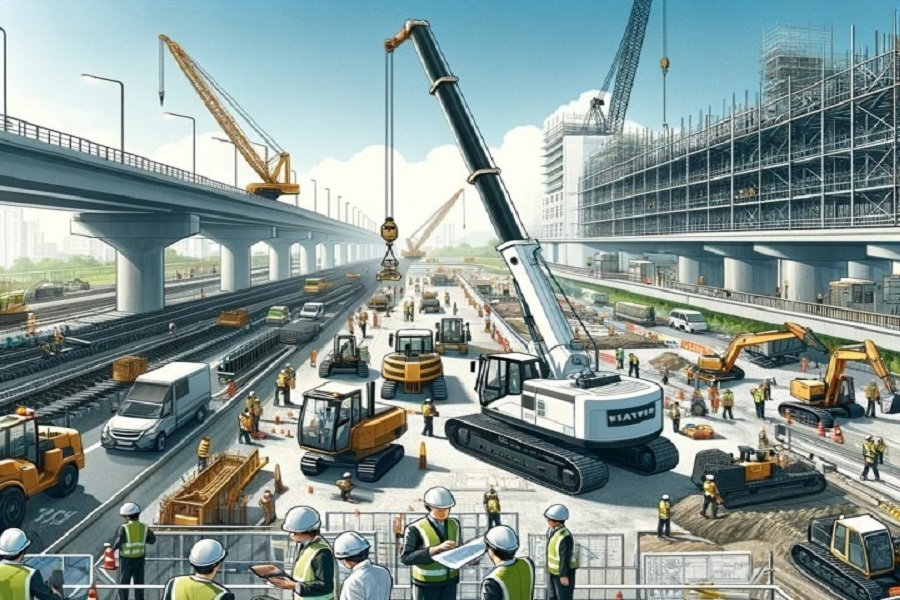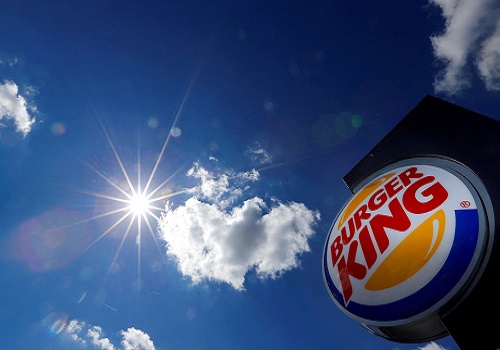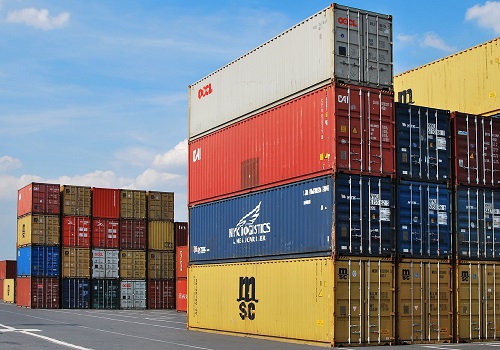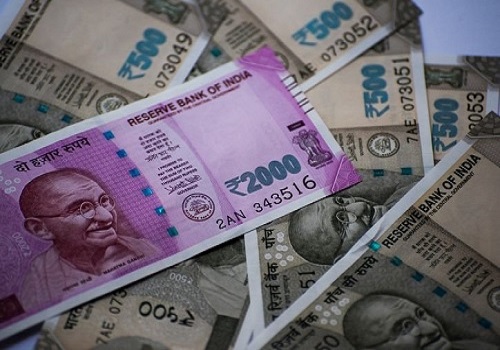The world`s cheapest Domino`s pizza is in inflation-hit India. It costs $0.60
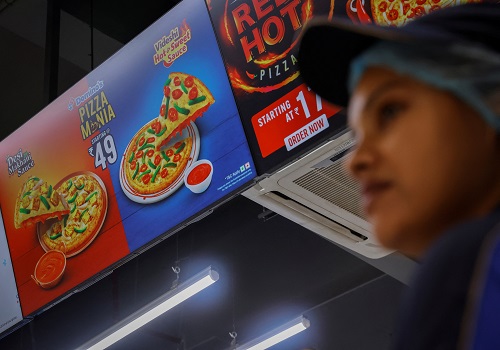
Q: How does the world's biggest pizza brand respond to high inflation in the world's most populous nation? A: With the world's cheapest Domino's pizza.
The 49-rupee ($0.60) pizza in India, Domino's No.1 market outside America, is the tip of the spear in its fight against rampant inflation that's squeezing profits and pricing out many customers, according to the CEO of its franchisee there.
The company wants to "own that price point", said Sameer Khetarpal, confirming the stripped down, seven-inch cheese pizza with a "sprinkle" of basil and parsley is Domino's cheapest anywhere.
"You are coming to the store or open the app, because there is a 49-rupee callout," he said, adding that Domino's global team supported the plans. "Customers are going to eat out less because prices are higher everywhere - our existing consumers should not go out to some competition."
In Shanghai, by comparison, Domino's cheapest savoury pizza is priced about $3.80, and in San Francisco about $12, online menu prices show. Domino's global HQ referred queries about India to its local franchisee.
Reuters interviews with six executives and 12 store managers revealed how Domino's and other global fast-food giants like Pizza Hut and Burger King are being forced to change tactics to weather rampant inflation in the market of 1.4 billion people.
The companies are striving to hold onto market share gained over three decades of rapid growth in a nation critical to their futures - and one where it's tough to compete with a street-food culture and a sizzling samosa for as little as 10 rupees.
Khetarpal, whose Jubilant FoodWorks runs Domino's 1,816 outlets in the country, says he holds a staff meeting first thing every Monday to brainstorm new ways to manage costs and fight the "historic high inflation" that contributed to its profits sliding 70% in the first three months of 2023.
He gave new details of Domino's India pivot and its financial gains; his company has removed lids from all boxes of pizzas sold at stores starting December, saving 0.6 cents each time. He said that amounts to a significant saving in packaging costs because 37% of Domino's Indian business is dine-in.
Jubilant - whose Domino's business accounted for most of its $635 million in revenues last year - also aims to secure rent rebates from some store landlords by offering upfront payments, Khetarpal said, declining to give further details about cost benefits.
CUSTOMERS EMPTY POCKETS
Domino's is not alone in zeroing in on prices in India, a highly price-sensitive market that is currently facing higher inflation than many other markets including the U.S. The hope is that low-price offers will draw people to stores and apps who might order more add-ons or upgrade, the executives said.
Pizza Hut is aggressively promoting pizzas starting at 79 rupees ($0.96) that it launched last year and its India franchisee, Sapphire Foods, said it was the brand's lowest-priced globally.
Merrill Pereyra, managing director of Pizza Hut in the Indian subcontinent, said the chain was developing products that "make the brand relevant and easy to access" for price conscious consumers in India, adding its budget pizzas were a hit with young people.
McDonald's launched half-price meals in June. They'll be the focus of promotion efforts in coming weeks, according to Akshay Jatia, executive director at Westlife Foodworld, which runs 357 outlets in western and southern India. He said the meals would bring in more customers and boost sales and margins.
The budget products are indeed being accompanied by a digital and physical marketing blitz across the nation - with stores, and even a posh New Delhi mall, plastered with banners, according to Reuters visits to stores across four Indian states.
Domino's flagship inflation-buster is the 49-rupee pizza, which was launched in February. Khetarpal said it was "re-engineered" by cutting price - and tomatoes - from its earlier cheapest offering of 59 rupees.
Franchisee Jubilant said in May it witnessed a cheese price surge of 40% during 2022-23, and a 30% rise in chicken and paper boxes. There have been more shocks in recent weeks, with tomato prices rising over 400% to record highs and households toiling under rising rates of everything from milk to cereals and spices, according to official data.
The industry players described a tale of two consumers in a country with yawning gaps between rich and poor.
Many low and middle-income earners who saw dining at foreign chains as a lifestyle upgrade when the economy boomed are tightening belts as inflation bites, while the wealthier continue to spend on products like pricier smartphones, and SUV cars whose sales are touching new highs.
When Khetarpal visited Domino's stores in Chennai and other cities, he said he saw customers emptying out their pockets and only being able to scrape together 49 rupees. By contrast, he added, Domino's new gourmet pizzas priced as high as $14 had seen a sales jump in some affluent areas.
'A SMALL LAYER OF CHEESE'
It's been a bleak year for Domino's, the Indian fast-food restaurant leader with a market share of about 12.5%, as well as for other companies.
Pre-tax profit at Pizza Hut's Sapphire Foods more than halved in the March quarter. Burger King's India franchisee, Restaurant Brands Asia, saw its net loss widen by 9%.
It's not all doom and gloom, though. Euromonitor International estimates India's nearly $5 billion market for quick-service restaurants which serve fast food is a fraction of United States' $341 billion and China's $137 billion.
The narrower market for pizza, burger and chicken restaurants, dominated by Western chains and worth $2.1 billion in India, will grow, but at a slower pace. Its estimated growth rate is around 15% a year until 2027, Euromonitor forecasts. That compares with 21% growth in 2022 and 43% in 2021 largely due to a post-COVID consumption spike.
Pizza Hut owner Yum Brands sounded a bullish tone in June, comparing its 17,000 U.S. outlets to its over 2,000 in India, where it sees a "tremendous growth opportunity".
There are still daunting challenges in the near term.
"For a population eating roadside, in the current environment where inflation is hurting their pockets, (the new offers) are still on the higher side," said Devanshu Bansal, a consumer analyst at India's Emkay Global Financial Services.
And many pizza-lovers like Kiran Raj will never contemplate budget offerings. The 26-year-old bank employee said he was prepared to pay a little more for a cheese-loaded product as he devoured slices at Pizza Lounge, a local restaurant in Chennai.
"I avoid buying the sub-100-rupee pizzas at stores operated by big chains as they generally contain less toppings and a small layer of cheese," he added. "It's just a rough crust
